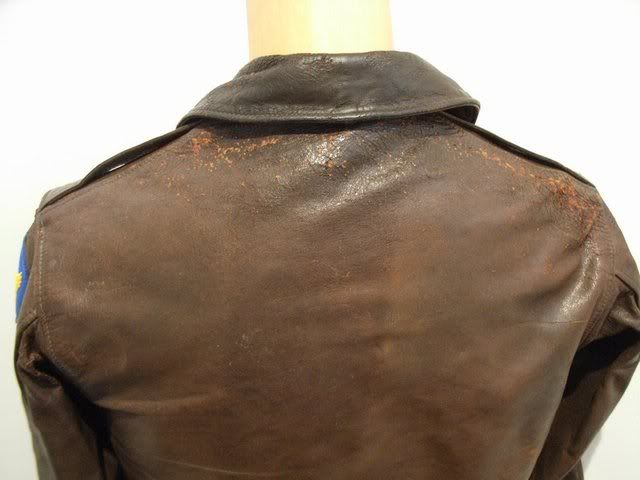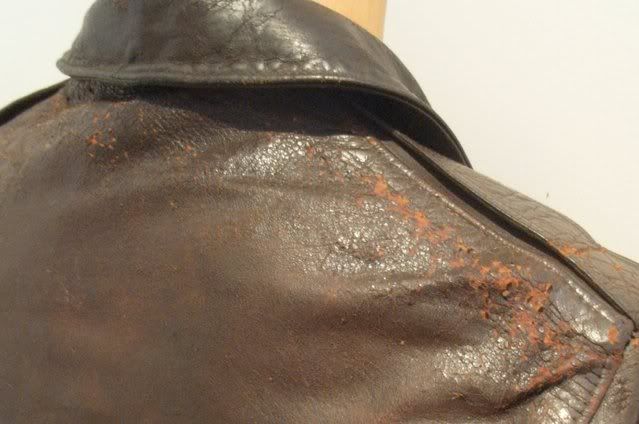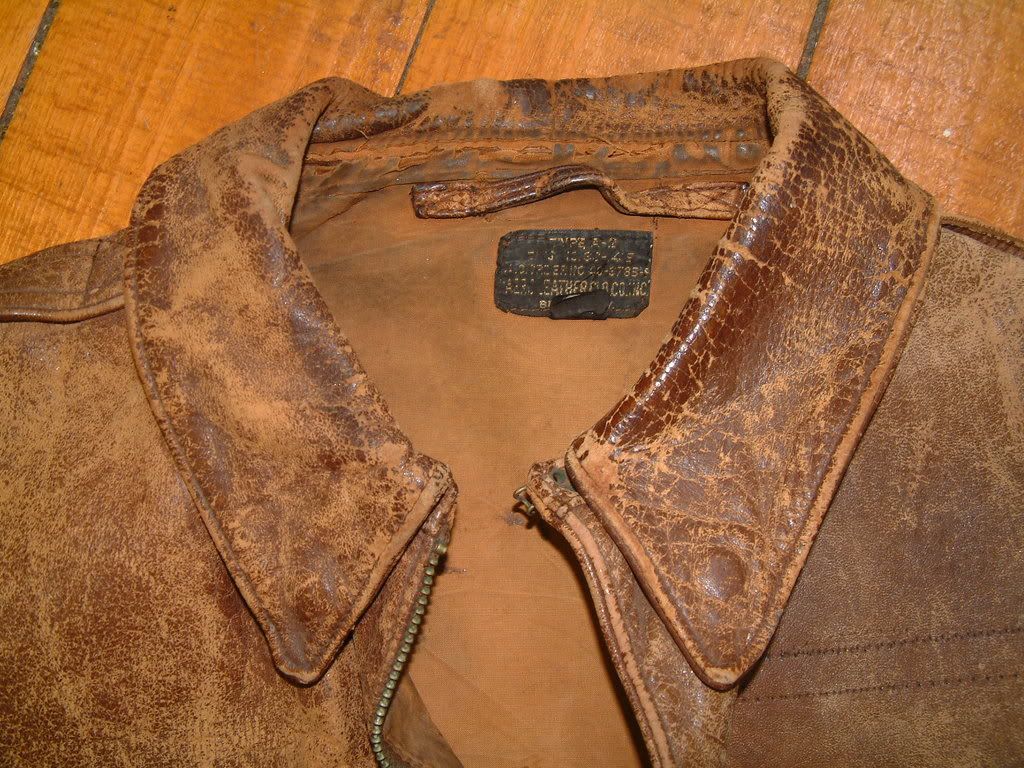Andrew
Well-Known Member
Unfortunate topic but a timely one lately. If you've expreienced it here's the place to post examples of it to help others avoid it before investing in it- if you dare.
http://en.wikipedia.org/wiki/Red_rot
A 27753 which otherwise has extremely strong leather. Just can just make out the "minor surface flaking"


This may be better located in Care and Pres....
http://en.wikipedia.org/wiki/Red_rot
A 27753 which otherwise has extremely strong leather. Just can just make out the "minor surface flaking"


This may be better located in Care and Pres....

